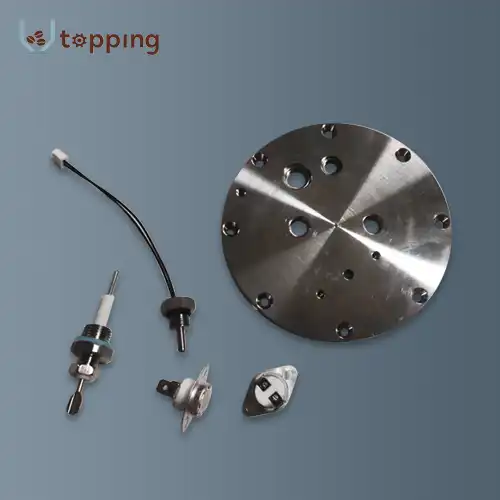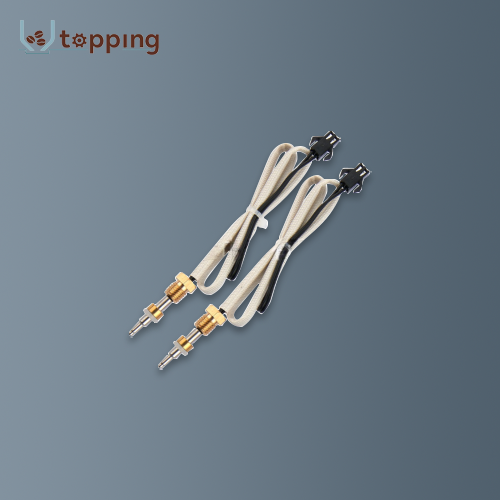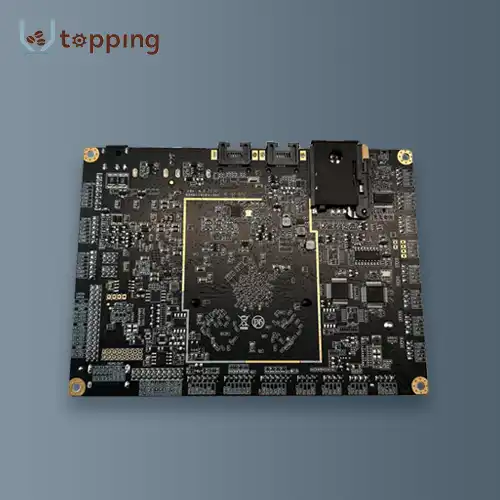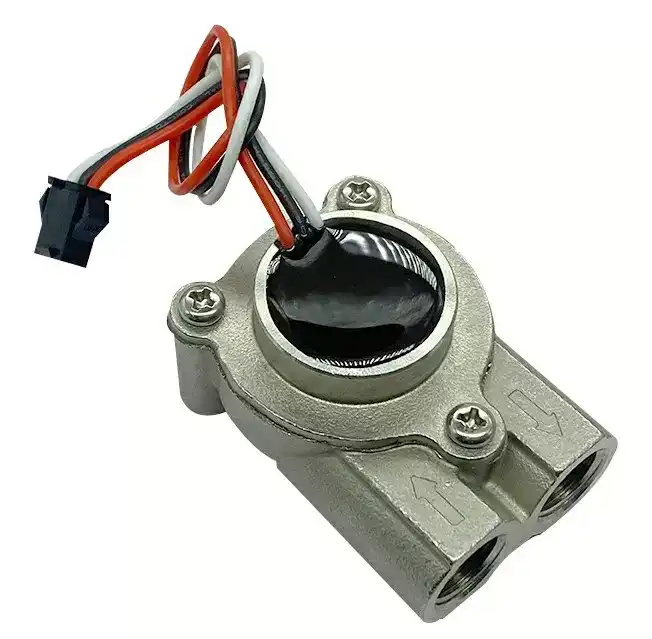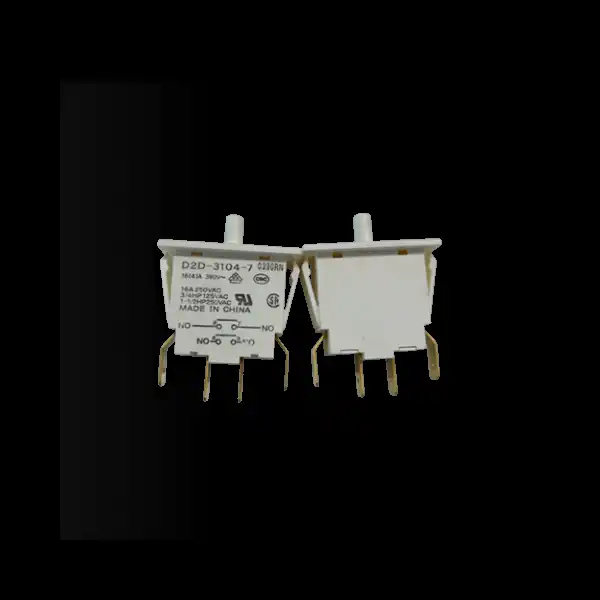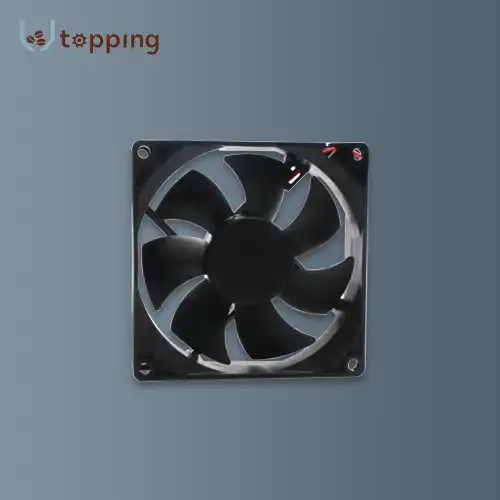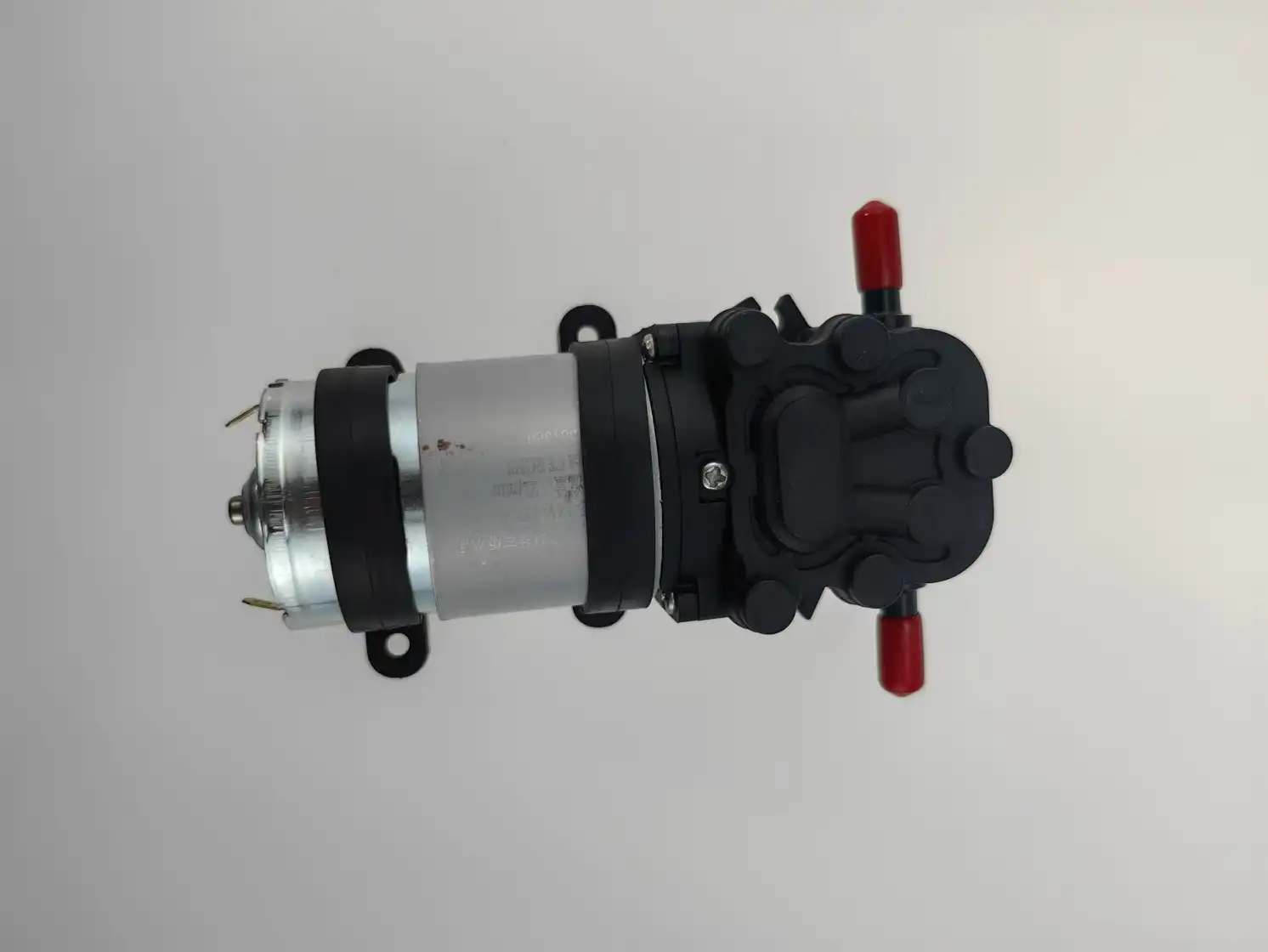How does a Coffee Vending Machine Dispensing Component work?
2024-12-25 15:33:08
Coffee vending machines have become ubiquitous in offices, public spaces, and institutions, offering quick and convenient access to a variety of coffee beverages. At the heart of these machines lies a complex system of components working together to deliver a perfect cup of coffee. This article explores the inner workings of coffee vending machine dispensing components, breaking down the key elements that make these automated baristas possible.
Valves control the flow of water and coffee beans or grounds
Valves play a crucial role in regulating the flow of water and coffee ingredients within a vending machine. Coffee vending machine dispensing components act as gatekeepers, opening and closing at precise moments to ensure the right amount of water and coffee reaches the brewing chamber.
For water control, solenoid valves are commonly used. These electrically operated valves respond quickly to signals from the machine's control system, allowing for precise timing and volume control. When activated, they open to release a measured amount of water for brewing or rinsing.
In machines that use whole beans, a valve system controls the release of beans from the hopper into the grinder. This may involve a simple mechanical flap or a more sophisticated motorized valve that dispenses an exact quantity of beans for each brew cycle.
For machines using pre-ground coffee, a different type of valve system is employed. These often use auger screws or dosing chambers to measure and dispense the correct amount of ground coffee into the brewing unit.
Pumps
Pumps are the heart of the water circulation system in coffee vending machines. They ensure that water moves efficiently through the machine, from the reservoir to the brewing unit, at the right pressure and volume.
Booster pumps: These pumps are essential for espresso-based drinks, where high pressure is needed to force hot water through finely ground coffee. Booster pumps typically operate at pressures between 9 and 15 bars, creating the necessary conditions for extracting the full flavor and aroma from the coffee grounds. They also help create the characteristic crema on top of espresso shots.
Circulation pumps: These pumps play a vital role in maintaining consistent water temperature throughout the machine. When the machine is first turned on, circulation pumps move water through the heating system to bring all components up to the optimal operating temperature. During operation, they continue to circulate water to prevent temperature fluctuations that could affect coffee quality.
The type and power of pumps used can vary depending on the machine's capacity and the types of coffee drinks it offers. High-volume machines may use more powerful pumps to handle increased demand, while machines specializing in espresso-based drinks will prioritize pumps capable of generating higher pressure.

Sensors are used to monitor and control various parameters of the coffee machine
Sensors are the eyes and ears of a coffee vending machine, continuously monitoring various parameters to ensure optimal performance and coffee quality. These sophisticated coffee vending machine dispensing components gather data that the machine's control system uses to make real-time adjustments.
Temperature sensors are critical for maintaining the ideal brewing temperature, typically between 195°F and 205°F (90°C to 96°C). They monitor water temperature in the boiler and at the brew head, signaling the heating element to activate or deactivate as needed.
Pressure sensors work in tandem with the pumps to ensure the correct water pressure for brewing. In espresso machines, these sensors help maintain the 9-bar pressure standard for optimal extraction.
Level sensors monitor the water reservoir, ingredient hoppers, and waste containers. They alert users when refills are needed or when waste needs to be emptied, ensuring uninterrupted operation.
Flow sensors measure the volume of water dispensed during each brewing cycle, ensuring consistency in drink volumes and helping detect potential blockages or leaks in the system.
Some advanced machines even incorporate optical sensors to detect the presence and position of cups, preventing spills and ensuring proper drink dispensing.

The dispensing nozzle is the last link in the coffee dispensing process
The dispensing nozzle, while seemingly simple, is a crucial component in delivering a well-prepared coffee drink. It's the final point of contact between the machine and the cup, and its design can significantly impact the quality and presentation of the beverage.
Most coffee vending machine dispensing components use a multi-outlet nozzle system. This allows for the simultaneous dispensing of different ingredients, such as coffee, milk, and flavoring syrups, ensuring they blend properly in the cup.
The nozzle's design often incorporates features to control the flow and direction of the liquid. This can include specially shaped openings or internal baffles that create a swirling motion as the drink is dispensed, helping to mix ingredients and create a more appealing presentation.
In machines that offer milk-based drinks, the nozzle may include a steam wand or a separate milk frothing system. These components heat and aerate the milk to create the creamy texture essential for cappuccinos and lattes.
To maintain hygiene and prevent cross-contamination between drinks, many modern vending machines incorporate self-cleaning nozzles. These systems use hot water or steam to rinse the nozzle after each use, ensuring a clean start for every new drink.
Coffee Vending Machine Dispensing Components manufacturers
When selecting a manufacturer for coffee vending machine dispensing components, it's essential to consider factors such as product quality, customization options, after-sales support, and compatibility with various machine models. A reputable manufacturer should be able to provide detailed specifications, certifications, and possibly even prototypes for testing.
Topping Motor is one such manufacturer that offers comprehensive OEM (Original Equipment Manufacturer) and ODM (Original Design Manufacturer) services for coffee vending machine components. Their expertise in motor-driven systems makes them particularly suited for components like pumps, grinders, and automated dispensing mechanisms.
For businesses looking to source high-quality dispensing components or explore custom solutions for their coffee vending machines, reaching out to specialized manufacturers like Topping Motor can be a good starting point. They can be contacted at inquiry@vendingmachinepart.com for more information on their products and services.
References
1. Bhuiya, M. M. K., et al. "Design and fabrication of an automated coffee vending machine." American Journal of Engineering Research,
2. Cheng, H. C., et al. "Smart coffee machine design with Internet of Things technology."
3. Proceedings of the 2019 IEEE International Conference on Consumer Electronics-Taiwan (ICCE-TW), Grindmaster-Cecilware. "How Do Coffee Vending Machines Work?"
4. Kumar, A., et al. "Design and development of coffee vending machine using Arduino." International Journal of Engineering Science and Computing.
Send Inquiry

.webp)
